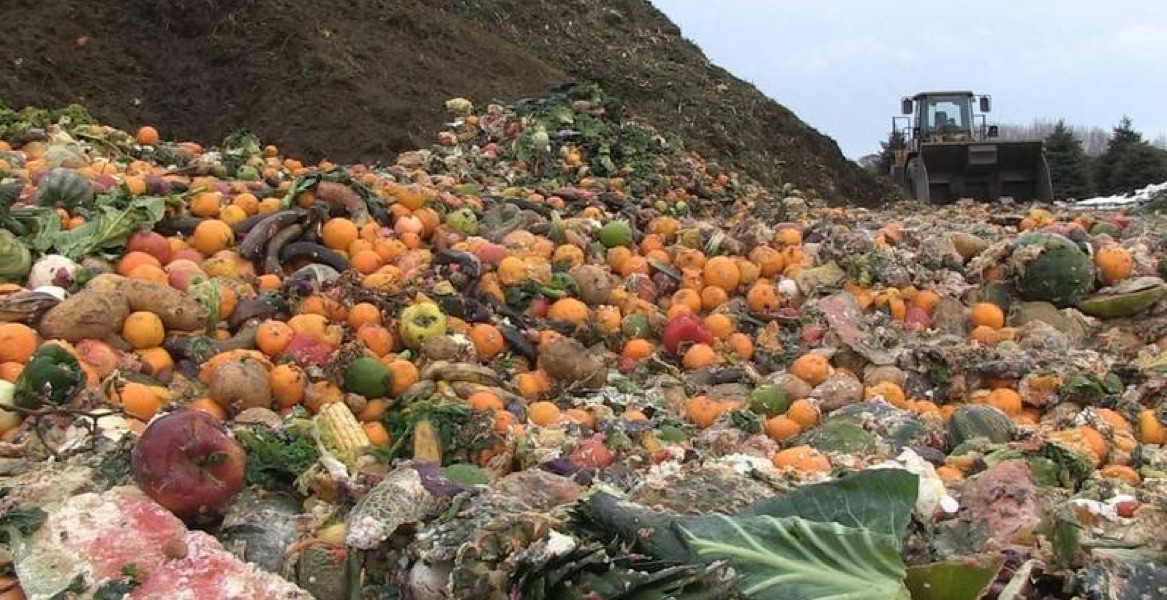ACTIONS IN AFRICA PREVENTING FOOD LOSS AND WASTE...
Ending hunger and ending food waste are both central to the aspirations of the Sustainable Development Goals (SDGs), the African Union’s AGENDA 2063 and the Malabo Declaration/AU regional priorities. The good news is we can tackle both simultaneously, argues Talentus Mthunzi from the Food, Agriculture, and Natural Resources Policy Analysis Network (FANRPAN).
There is a very thin line between food loss and food waste. Food loss and food waste happen at different stages of the food supply chain from agriculture production, harvesting, post-harvest handling, processing, packaging, distribution, retail and consumption. Based on current literature, losses at post-harvest are referred to as food losses while those that happen at later stages of the food supply chain are called food waste.
Annually, farmers produce enough food to feed everyone in the world, however, many people are still food insecure due to complications and inefficiencies in the food system. It is currently estimated that one third of edible food produced annually, about 1.3 billion tonnes, is lost or wasted. Global food losses and waste per year are estimated at 30 per cent for cereals, 40-50 per cent for root crops, fruits and vegetables, 20 per cent for oil seeds, meat and dairy, plus 35 per cent for fish, with losses and waste differing across the countries, regions and continents of the world.

Food loss and waste, and their ripple effects on the environment, society and economy have become an increasing global concern. With every ounce of food produced and then wasted, there are associated wastages in water, energy, capital, nutrition and other related resources.
The total volume of water used to produce food that is lost on an annual basis is equivalent to the yearly flow of the Volga River in Russia; it is three times the volume of Lake Geneva. In terms of land, 28 per cent of the global arable area (1.4 billion hectares of land) is used to produce food that is lost or wasted annually.
Futhermore, food waste has been noted to immensely contribute to climate change through greenhouse gas (GHG) emissions. The carbon footprint of wasted food is approximately 3.3 billion tonnes of carbon dioxide (CO2) released into the atmosphere on an annual basis. Methane emitted from land-fills is the largest source of GHG in the waste sector. In fact, food waste would be the third largest GHG emitter, if it were a country. Such wastages strain resources and exacerbate food insecurity across the globe.
www.farmingfirst.org
Comments
Post a Comment